So you think you know the story of Britain’s notorious atomic tests in Australia? In that respect, the name of Maralinga is infamous. Many readers will have heard about that shameful episode. But there’s another story that is lesser known. And author Elizabeth Tynan tells that tale in this book.
Dedicated to ‘everyone who was harmed by British atomic tests in Australia’, this book reveals how and why, ‘under pressure from his gung-ho scientific advisor Frederick Lindermann (Lord Cherwell)’, Conservative prime minister Winston Churchill undertook at Emu Field what was code-named ‘Operation Totem’.
Two atomic tests occurred at Emu Field, under the cover of geographical remoteness and extreme official secrecy. As well as all media being barred from the site, any observer was liable for prosecution ‘if he (sic) discussed any aspect of his visit with any unauthorised person (which includes close relatives).’
Elizabeth Tynan’s forensically powerful book, Atomic Thunder: The Maralinga Story, won the Prime Ministers’ prize for Australian History for books published in 2016.
Associate Professor Tynan, who works at James Cook University in Townsville, has now produced a compelling and meticulously researched analysis of a long-forgotten and little-known atomic test site, also situated in the desert region of South Australia. Emu Field was the name bestowed on this sliver of territory by Europeans in the early 1950s.
As Tynan makes clear, the presence and interests of ‘local Anangu clans did not interfere a jot with Churchill’s geopolitical aims.’ Moreover, she argues that indigenous peoples ‘are still paying the price’. As Karina Lester, a Yankunytjatjara-Anangu woman, and daughter of Aboriginal elder Yami Lester, stated in 2017 : ‘Many are still suffering today. The emotional, mental, and physical suffering is felt by generations.’
Tynan graphically describes how, after the first atomic bomb detonation that took place at Emu Field in October 1953, a terrifying, seemingly inexplicable, ‘black mist’ spread across the land ‘bringing death and sickness to Aboriginal populations in its path’. According to a contemporary report, the blast had also produced ‘a flash infinitely brighter than the light of the morning sun, and a shattering noise audible hundreds of miles away’.
In this impressive book, the result of painstaking archival research in Australia and the United Kingdom, Tynan poses some key questions about the atomic detonations at Emu Field, which were termed by Lord Cherwell ‘Totem 1’ and ‘Totem 2’.
Tynan asks why the British went to Emu Field at all and what happened to the Australian air force pilots who flew through the atomic clouds, and to their ground crews? Most importantly, she asks a crucial rhetorical question: Why should Emu Field be regarded as the ‘Marie Celeste’ of atomic test sites, and why was the site ‘abandoned so quickly after the expense and effort of setting it up?’
Tynan then sets out to answer her own questions and, in doing so, helps unveil the shroud of mystery that had previously enveloped the awful reality of British atomic tests in South Australia.
The grave problems of the black mist and fog which spread widely outside Emu Field and severe radioactive contamination at the site led to the British in 1956 transferring their operations to the much larger and more prominent atomic test site at Maralinga, about 193 kilometres to the south of Emu Field. Situated in the remote western area of South Australia, the atomic testing site at Maralinga measured about 3,300 square kilometres.
Reading this eye-opening book it seems, in many ways, that what happened at Emu Field is an Aboriginal story and one that had tragic consequences.
But being a non-indigenous historian, Tynan does feel a tad uncomfortable about telling their story. As a direct result of dealing with this contemporary conundrum, Tynan states that, ‘as a European outsider’, she is not entitled to tell some parts of this cautionary atomic testing tale.
Despite this, she feels passionately that it must be told and acknowledges ‘the generosity of the traditional owners’ in allowing her to visit their lands and in trusting her to write this book, which it deserves to be mentioned is usefully footnoted and helpfully indexed.
Tynan says that she does not claim to speak for local Aboriginal communities. Nor does she presume that her ‘interpretation of events at Emu will match their own’. However, she concludes this lengthy book, which is in part academic treatise and part polemic, with an unambiguous statement about her current relationship with local clans: ‘I am humbled by their fortitude in the face of horrendous injustices done to them and I wish them better fortune ahead than they experienced at the time of the tests.’
All in all, I find it hard to disagree with the assessment of indigenous activist Larissa Behrendt that The Secret of Emu Field is ‘a must-read book’, which helps us uncover and understand a hitherto secret part of British and Australian cold war history.
Tynan has done us all a service by revealing, in detail, the terrible effect that an arrogant and uncaring British and Australian officialdom had on indigenous peoples in the mid-1950s, leading to what is rightly described as ‘an unfathomable desecration of Aboriginal land’. Reading about it today it’s hard to believe such a thing could have happened and that makes it a bracing and gripping story as well as a salutary lesson from history.
Got something to add? Join the discussion and comment below.
Get 10 issues for just $10
Subscribe to The Spectator Australia today for the next 10 magazine issues, plus full online access, for just $10.
Ross Fitzgerald AM is Emeritus Professor of History and Politics at Griffith University and author or co-author of 43 books, including ‘The Dizzying Heights’ and ‘The Lowest Depths’ all published by Hybrid.
You might disagree with half of it, but you’ll enjoy reading all of it. Try your first month for free, then just $2 a week for the remainder of your first year.

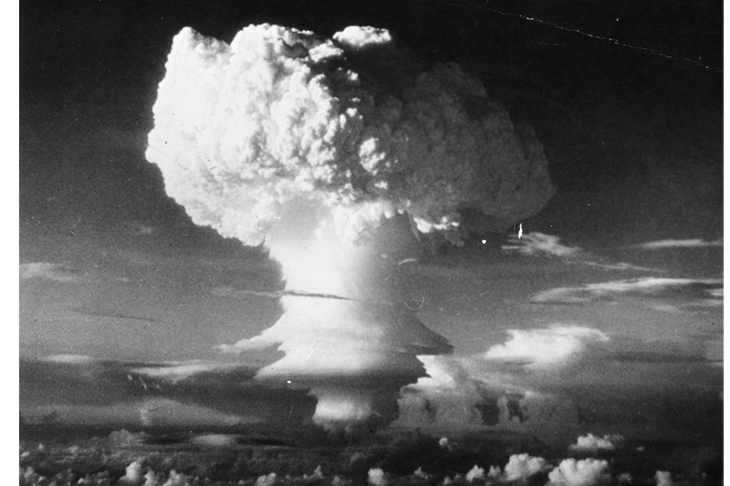

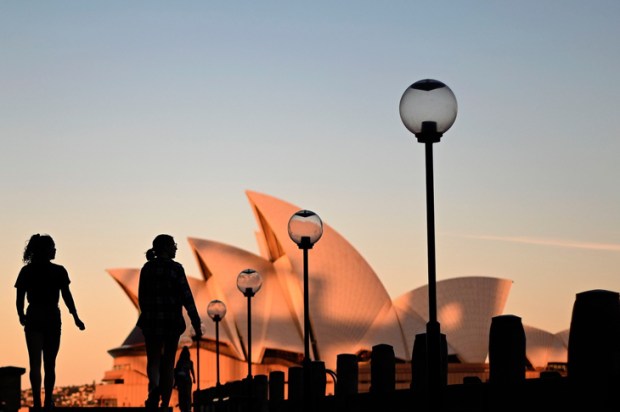
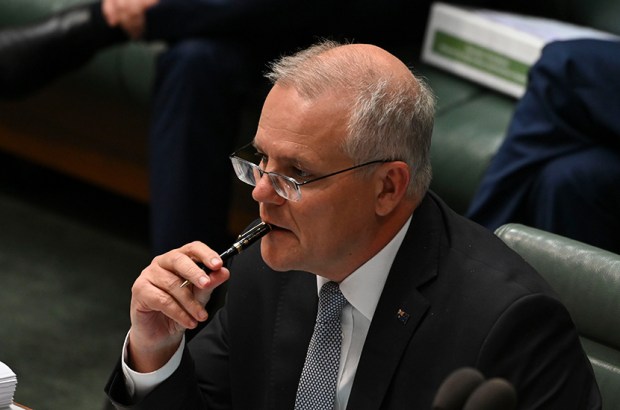
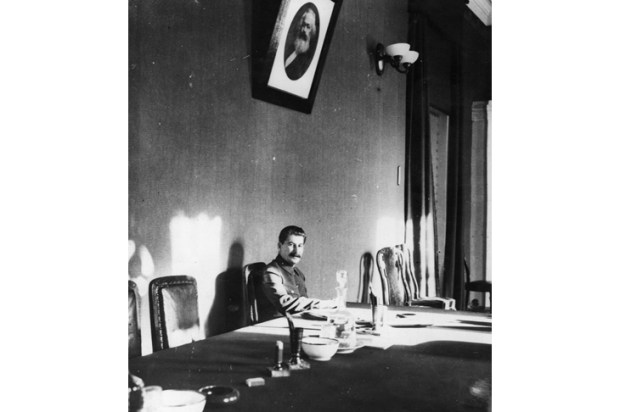
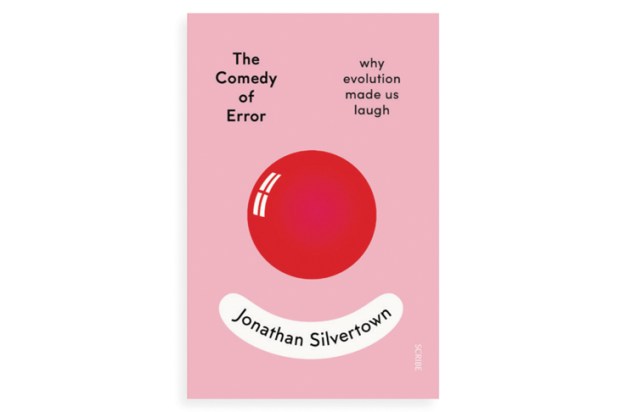
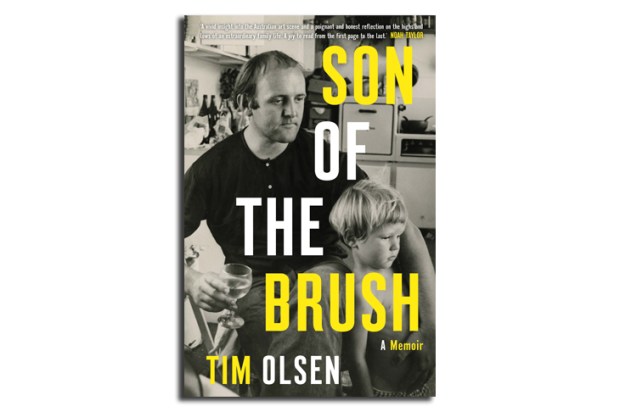






Comments
Don't miss out
Join the conversation with other Spectator Australia readers. Subscribe to leave a comment.
SUBSCRIBEAlready a subscriber? Log in